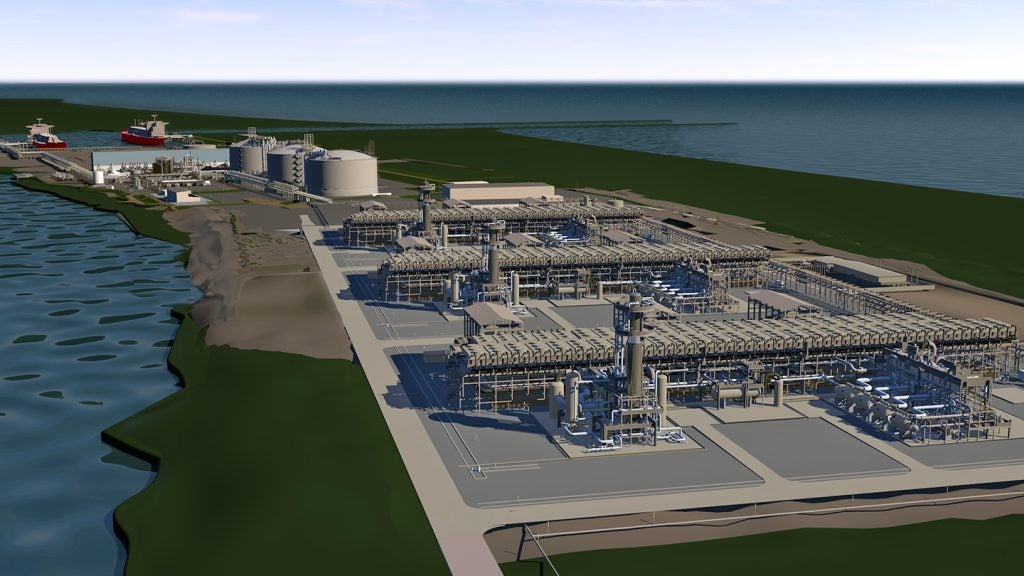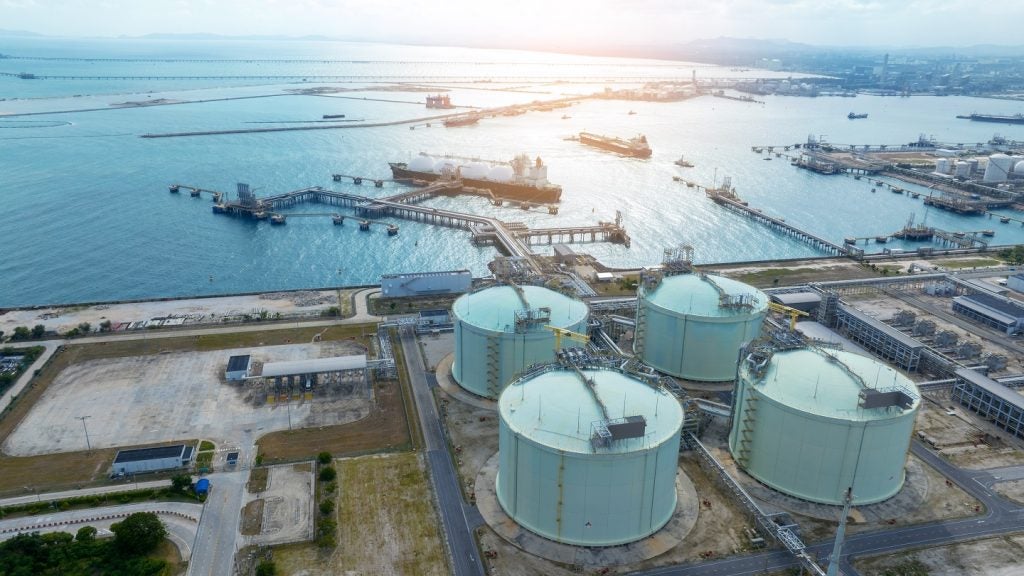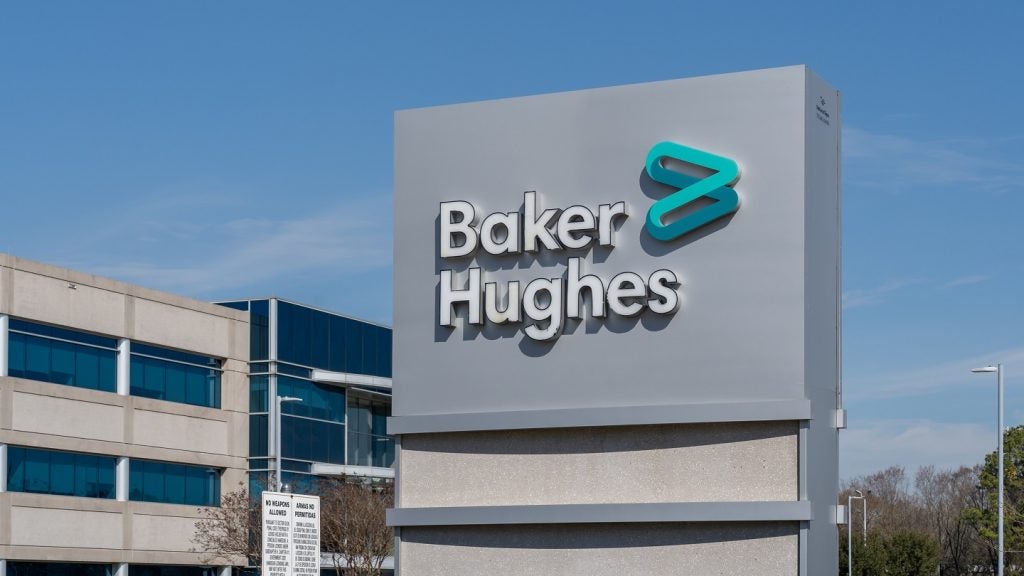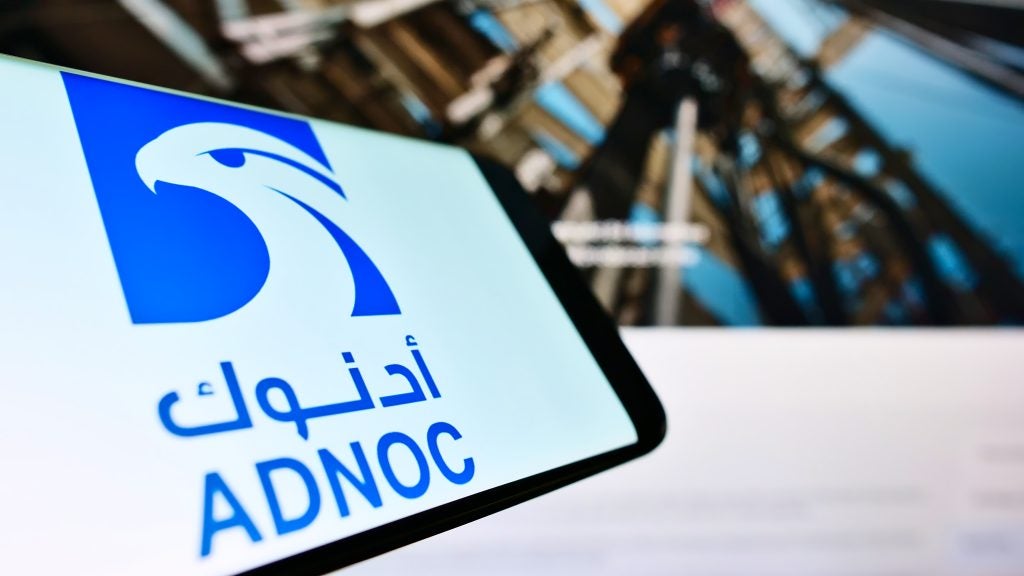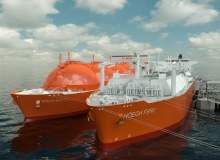
Liquefied Natural Gas (LNG) is considered to be the most important energy source of the future.
Not only do we have an abundant supply of the energy resource – markets can expect 250 million tons a year by 2018 – but, unlike pipeline gas, LNG can be shipped anywhere in the world.
Demand for LNG is high too, due to a recent slowdown in nuclear power output coupled with expected growth in the global population, as well as the increased use of personal technologies. It is expected to reach to 408 million tons by 2020, according to research firm Sanford C Bernstein.
Here we list some of the world’s most exciting LNG terminals, platforms and plants online or under development that are expected to meet this vital requirement.
The Prelude, Western Australia
The world’s first floating LNG gas processing platform, known as the Prelude, was given the go ahead by Royal Dutch Shell in May 2011.
See Also:
Once completed, the project will be the largest floating object on earth, measuring 488-metres in length – roughly the size of four football pitches laid end to end.
How well do you really know your competitors?
Access the most comprehensive Company Profiles on the market, powered by GlobalData. Save hours of research. Gain competitive edge.

Thank you!
Your download email will arrive shortly
Not ready to buy yet? Download a free sample
We are confident about the unique quality of our Company Profiles. However, we want you to make the most beneficial decision for your business, so we offer a free sample that you can download by submitting the below form
By GlobalDataThe floating platform will allow easier access to gas deposits far out to sea than those which require costly pipelines to transport gas to land for processing. LNG will be immediately cooled onboard, and ocean-going carriers will then offload the gas before it is delivered to the market.
Federal Resources Minister Martin Ferguson believes the project will contribute $45bn to Australia’s GDP, create around 1,000 jobs and boost Australia’s trade by at least $18bn over its 25-year lifetime.
The vessel will be built in a South Korean shipyard and is expected to come online in 2017. It will be used to develop both the Prelude and Concerto fields in the Browse Basin, about 475km northeast of Broome.
Qatargas II LNG ‘mega-train’, Qatar
The largest LNG train in the world is now in operation at the Qatargas II plant in Ras Laffan Industrial City.
Completed in May 2011 by Siemens, the ‘mega-train’ contains 72 motor drives, 72 variable-frequency drive control houses and four 33KV switchgears, which play a major role in the gas liquefaction process.
Siemens’ Robicon drives are designed to help the gas turbines run more efficiently while the train is operating during high temperatures. Also, when the air temperature is cool and gas turbines generate more power than compressors need, the drives are able to direct excess energy via the motor back to the electrical grid.
Qatargas II was started in 2009 and its two trains each have a production capacity of 7.8 million tons per annum.
Until Qatar’s mega train came online, the largest LNG train was located at Atlantic LNG in Trinidad and Tobago.
FSRU, Lithuania
Lithuania is taking its first steps to become independent from Russia’s gas supplies by appointing Norway’s Hoegh LNG to supply its first offshore platform for LNG imports.
The floating storage regasification unit, which will be built in South Korea, will have a capacity of 170,000m³ of LNG and is expected to commence operations at the end of 2014.
Lithuania hopes to gain alternative suppliers to Russia’s state-owned Gazprom, which supplies 100% of the country’s gas, as it fears energy supplies could be used for political purposes.
The platform is expected to supply 11 million tons of gas a day and will meet demand if Gazprom halts supplies, according to Rokas Masiulis general manager of oil terminal Klaipedos Nafta, who spoke to Reuters when news of the platform was announced in January 2012.
Hoegh’s contract, which is to be signed in February, would be based on a ten-year leasing period, after which Klaipedos Nafta will have the right to purchase the FSRU.
Adriatic LNG terminal, Italy
The Adriatic LNG terminal is the world’s first gravity-based LNG offshore terminal.
Located offshore of Rovigo, Italy, in the northern Adriatic Sea, the terminal is moored in waters 30m-deep and contains a large reinforced concrete box that rests on the sea floor and houses two LNG storage tanks, with a combined annual capacity of 8bn cubic metres.
The 375m-long facility is operated by Qatar Terminal, a subsidiary of Qatar Petroleum, ExxonMobil Italiana Gas and Edison, and received its first cargo in August 2009.
According to GE Oil and Gas, which is powering the facility with three low emission gas turbines, the terminal will increase Italy’s regasification capacity by 200%. The Adriatic LNG-operated terminal receives LNG shipments from Qatar, Egypt, and Trinidad twice a week. The LNG is regasified at the terminal and then transported to an onshore metering station, before it enters Italy’s gas network.
South Hook LNG terminal, the UK
South Hook LNG terminal, located in Wales, is Europe’s largest LNG terminal built to store and regasify LNG imported from the Qatargas II plant in Qatar.
The terminal is owned and operated by South Hook LNG Terminal Company – a joint venture between Exxon Mobil, Qatar Petroleum and France’s Total – and contains five storage tanks which can pump gas into the national grid at a rate of around 21 billion m³ a year.
Together with the smaller Dragon LNG terminal, the facility supplies 25% of the UK’s gas requirements. Gas is fed through the South Wales Gas Pipeline to the national gas network at Tirley, Gloucestershire.
The first tanker docked at the terminal on 20 March 2009.



